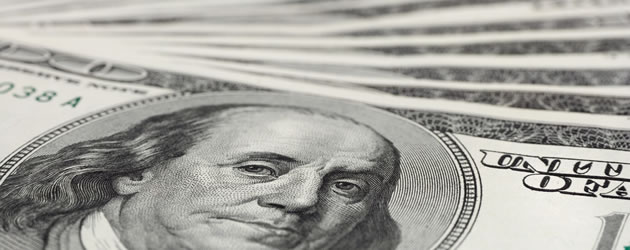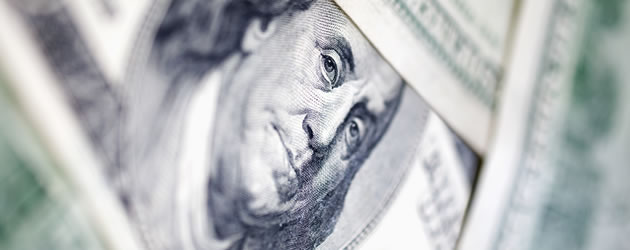 US Dollar (USD) Exchange Rate Forecast
US Dollar (USD) Exchange Rate Forecast
Although the US Pending Home Sales report for August fell short of forecasts, the US Dollar still closed out Monday in a stronger position against rivals like the Pound, Australian Dollar and New Zealand Dollar.
Federal Reserve rate hike speculation is driving US Dollar strength at the moment and the safe-haven asset derived additional support from better-than-forecast Personal Spending figures. Personal Spending increased by 0.5% in August following a -0.1% decline in July. Economists had expected personal spending to increase by 0.4%.
A run of encouraging US ecostats have seen the US Dollar advance on almost all of its most trded currency counterparts in recent weeks.
According to Jesse Solomon of CNNMoney; ‘The Dollar has long been the world’s top business currency and viewed as a “safe bet” among investors. But the recent run up is partly because traders believe the American economy is improving, especially relative to other parts of the world. This will compel the Federal Reserve to raise interest rates, which is generally seen as a good thing for a country’s currency.’
As the day progresses US Dollar movement could be caused by the US Chicago Purchasing Managers index, which is believed to have fallen from 64.3 to 62, and the US Consumer Confidence gauge. US sentiment is forecast to have risen from 92.4 to 92.5 in September.
Positive results for the US could see the US Dollar to Pound (USD/GBP) and US Dollar to Euro (USD/EUR) exchange rates climb.
Pound Sterling (GBP) Exchange Rate Forecast
Ahead of the release of the UK’s Consumer Confidence Index, the Pound was trading in a slightly softer position against the Euro, with the GBP/EUR exchange rate slipping to a low of 1.2768.
The Pound to US Dollar (GBP/USD) exchange rate was also slightly softer on Monday as investors continued to favour the ‘Greenback’ following last week’s encouraging US second quarter GDP revision.
The prospect of the Federal Reserve bringing forward its timeline for increasing interest rates was also lending the US Dollar support as a new week of trading began.
Demand for the Pound, meanwhile, was slightly undermined by a disappointing UK Mortgage Approvals report.
Although Bank of England Governor Mark Carney delivered some fairly hawkish comments regarding UK borrowing costs last week, the BoE is still using UK data as a guide for fiscal policy. Consequently, any below forecast UK ecostats are likely to cause some Sterling softening in the weeks and months ahead.
If today’s final second quarter GDP figures are positively revised, the Pound could surge against rivals like the Euro and US Dollar. Previous estimates have the UK economy expanding at a pace of 0.8% on a quarter-on-quarter basis.
A negative revision could see Sterling slide against its major currency counterparts. That being said, economic reports from the Eurozone could also have an impact on the Pound to Euro (GBP/EUR) exchange rate.
UPDATE
During Tuesday’s European session the Pound fluctuated in response to a mixed bag of reports for the UK.
While declining consumer confidence and a slide in the pace of UK house price gains had an adverse impact on the Pound, the British currency was supported by the news that the UK economy expanded at a faster-than-estimated pace in the second quarter.
The nation grew by 0.9% in the second quarter rather than the 0.8% anticipated.
The Pound strengthened against the Euro but failed to put on such an impressive performance against the US Dollar.

